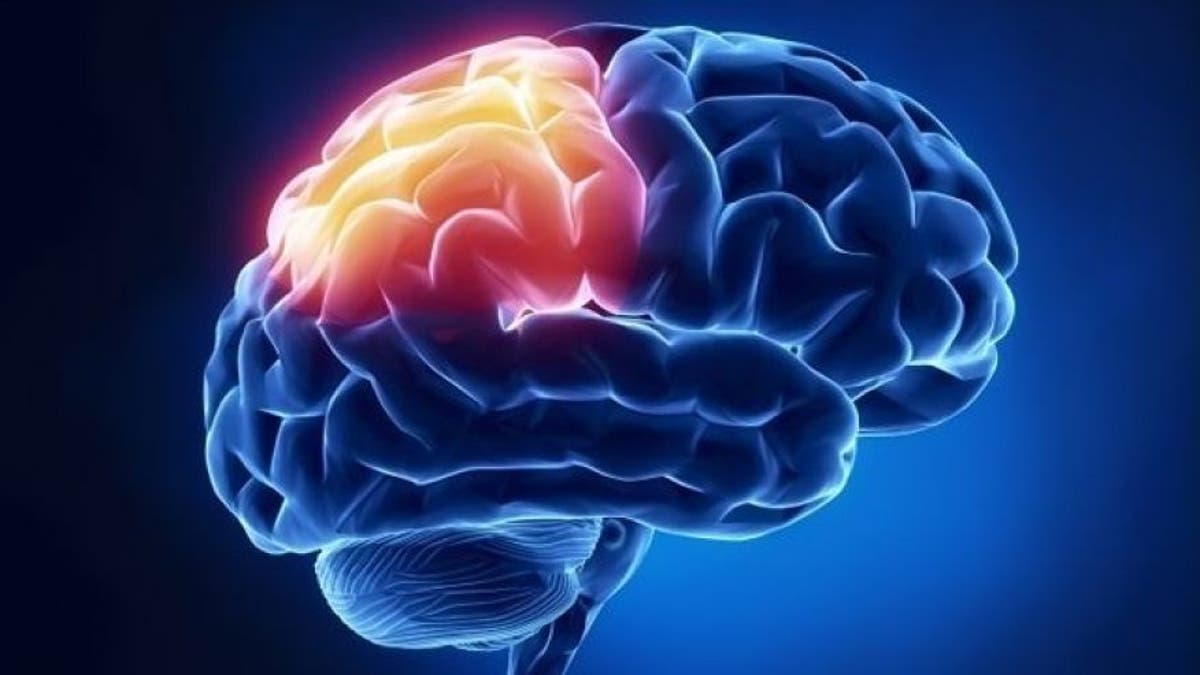
To sleep, perchance to dream … and to keep your brain working: Scientists have long known about the importance of getting a good night's sleep to improve memory, learning and mental health.
But the underlying cause of primary insomnia — a chronic inability to sleep soundly that's not associated with the use of stimulants, or medical disorders such as depression — has eluded researchers.
Now, a small study comparing healthy participants to patients who have primary insomnia has found that the people with insomnia have weakened neural connections to and from the thalamus, the region of the brain that regulates consciousness, sleep and alertness.
The researchers could not determine whether these weaker connections were the cause of the insomnia or the result of a chronic lack of sleep. But the work may offer important clues to the origin and treatment of the sleeping disorder, according to experts in the field who were not associated with the study.
The results of the study were published online today (April 5) in the journal Radiology. [7 Strange Facts About Insomnia]
More than one-quarter of the U.S. population reports an occasional inability to sleep well, according to the Centers for Disease Control and Prevention. This type of insomnia can be caused by a host of factors interfering with sleep, such as drug use, stress, pain, allergies, Parkinson's disease and depression.
But about 3 to 5 percent of adults have primary insomnia, according to a 2002 study by researchers at Stanford University. The diagnosis is based largely on ruling out known causes for the insomnia. Treatments include behavioral therapy, such as relaxation techniques. Doctors sometimes prescribe sedatives, but such drugs can become addictive or lose their effectiveness over time.
In the new study, researchers in China examined 23 patients with primary insomnia and 30 healthy volunteers. All of the participants completed standardized questionnaires concerning their mental health and sleeping patterns. Each participant also underwent brain MRI with a specialized technique called diffusion tensor imaging, a sensitive tool that can probe deeper than the basic brain structure revealed by MRI to see how well neurons are connecting.
The researchers' goal was to assess the connectivity of the brain's white matter tracts, which are "bundles of axons, or long fibers of nerve cells, that connect one part of the brain to another," said Shumei Li, a researcher at Guangdong No. 2 Provincial People's Hospital in Guangzhou, China, and the lead author of the study. "If white matter tracts are impaired, communication between brain regions is disrupted."
And that is what the researchers may have found among the patients with primary insomnia. Compared to the healthy participants, the insomnia patients had significantly less white matter integrity in several right-brain regions and the thalamus, which houses "important constituents of the body's biological clock," Li said.
The extent of these abnormalities in the thalamus and connected regions was associated with the duration of the patients' insomnia and their self-rated scores on the depression scale, Li said. The worse the neural connections, the worse the sleep and depression.
Dr. Max Wintermark, a professor of radiology at Stanford School of Medicine in Stanford, California, who was not part of the study, said the research was important for understanding the cause of primary insomnia but that "it must be taken with a grain of salt."
The MRI-based diffusion tensor imaging technique can be affected by numerous factors, such as the age of the patient and the type of MRI machine, Wintermark told Live Science. "We don't fully understand normal variation in the scanning," he said, adding that the technique is still only used as a research tool, not for diagnostics in the clinic.
Wintermark said he would be interested in seeing a larger study based on these results, particularly to see whether the white matter tracts improve with treatment for insomnia.
Li said that one of the limitations of her team's study was that it was too small to determine cause and effect or whether abnormalities in white matter tracts can be reversed. She, too, would like to follow a larger group of patients before and after treatment to see if the white matter tracts improve as the insomnia improves, she said. [5 Things You Must Know About Sleep]
Li sees her group's work — overseen by Dr. Guihua Jiang, a researcher at the same hospital — as promising but in the early stages. The study results hint that the underlying cause of white matter abnormalities may be a loss of myelin, the protective coating around nerve fibers.
"The mechanism underlying insomnia [and] sleep is quite complicated," Li told Live Science. "The exact neural circuit of sleep control still needs to be further investigated by other techniques in terms of function and neurophysiology."
Copyright 2016 LiveScience, a Purch company. All rights reserved. This material may not be published, broadcast, rewritten or redistributed.




















